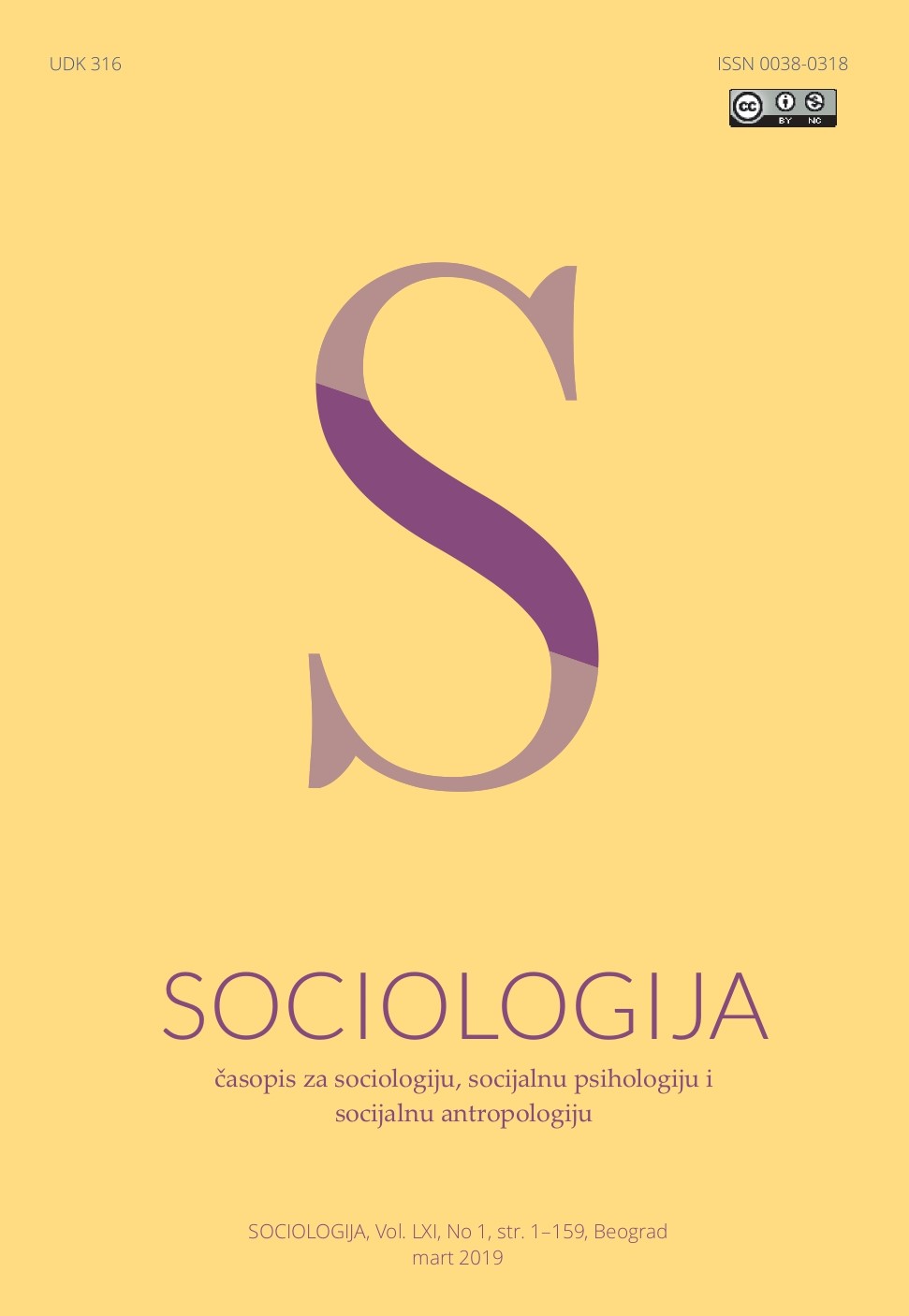Volontiranje i pomaganje u Srbiji: osnovne odlike
Volunteering and Helping in Serbia: Main Characteristics
Author(s): Bojana RadovanovićSubject(s): Social Sciences, Sociology, Social development, Human Ecology
Published by: Sociološko naučno društvo Srbije
Keywords: volunteering; formal and informal volunteering; helping; volunteers; Serbia
Summary/Abstract: Volunteering is conceptualised as an activity when time is given freely to benefit another person, group or cause. Such activity can be done through formal organisations and informal groups, but time can also be given directly to people in need. However, volunteering to formal organisations tend to predominate in there search, and our knowledge on the factors that promote such behaviour mostly comes from countries where this form of giving time is well developed, particularly from Anglo-Saxon and Western and Northern European countries. Focussingon three forms of giving time in Serbia: volunteering to formal organisations,volunteering in informal groups and helping individuals, this paper seeks to address these gaps in the literature. Data analysed in this paper come from the first encompassing national survey on pro-social behaviour (N= 1,528) carried out in Serbia in 2014. This research shows that providing direct help to people (71.2%) is by far a more common activity than volunteering to formal organisations (27.7%)and participating in the activities of informal groups (22.8%). There are differences in giving time according to socio-demographic characteristics. In general,respondents who reported giving time are likely to be found among the younger population, among students and those without health problems. Also, different socio-demographic groups of population engage in different forms of giving time.
Journal: Sociologija
- Issue Year: 61/2019
- Issue No: 1
- Page Range: 133-152
- Page Count: 20
- Language: English

